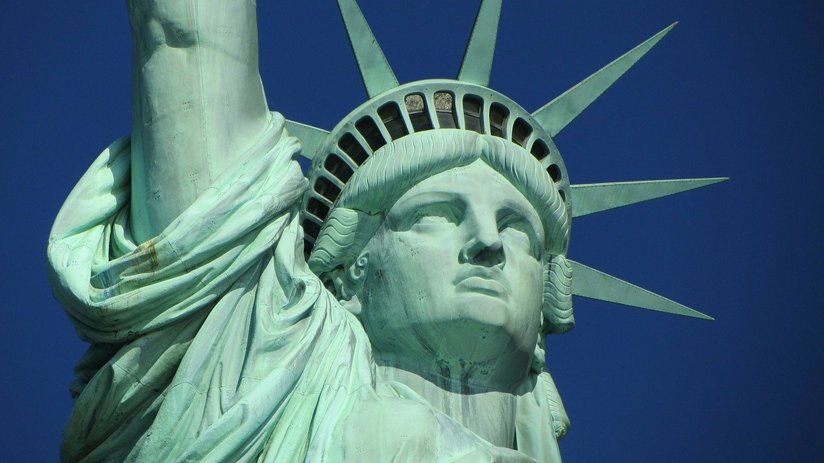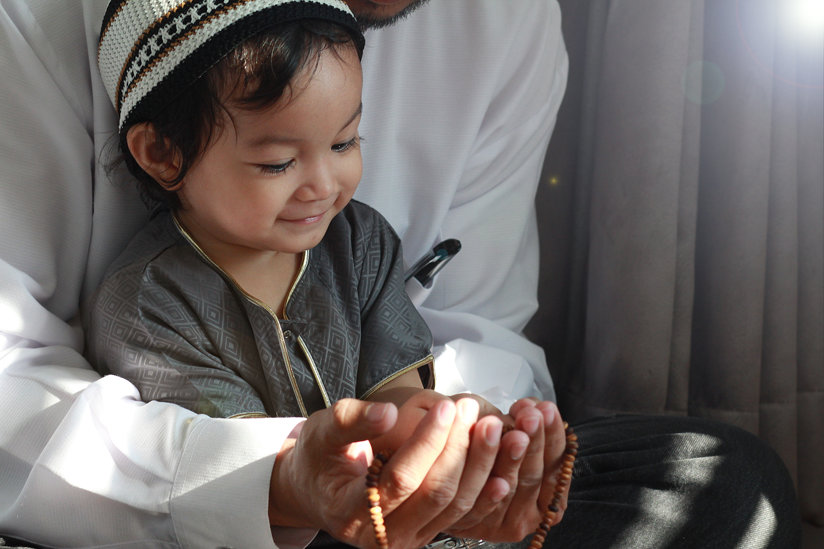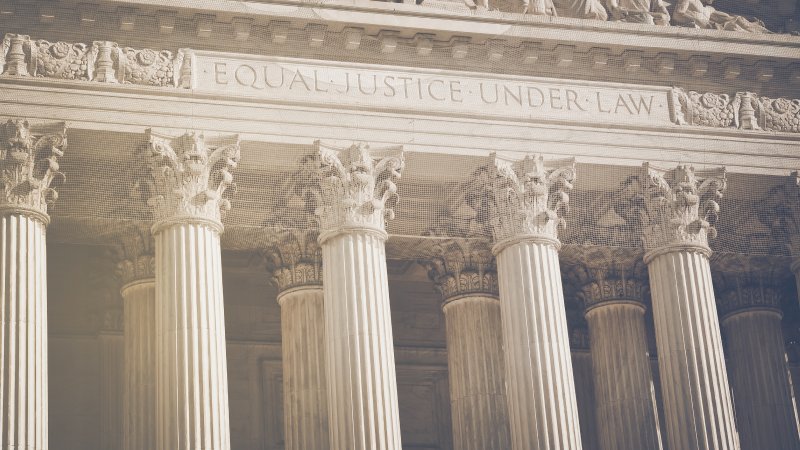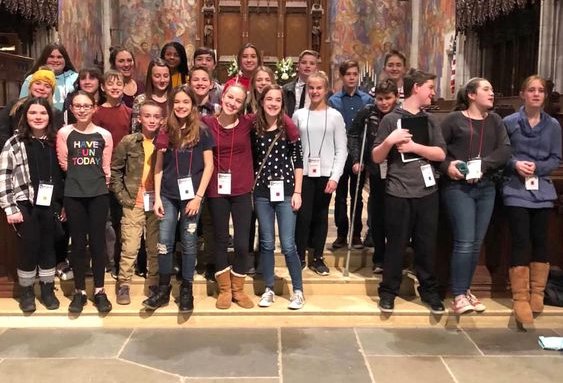
-
HOME
-
WHAT IS STANDOur Mission Our Values Our Help Contact
-
WHAT WE FIGHT FORReligious Freedom Religious Literacy Equality & Human Rights Inclusion & Respect Free Speech Responsible Journalism Corporate Accountability
-
RESOURCESExpert Studies Landmark Decisions White Papers FAQs David Miscavige Religious Freedom Resource Center Freedom of Religion & Human Rights Topic Index Priest-Penitent Privilege Islamophobia
-
HATE MONITORBiased Media Propagandists Hatemongers False Experts Hate Monitor Blog
-
NEWSROOMNews Media Watch Videos Blog
-
TAKE ACTIONCombat Hate & Discrimination Champion Freedom of Religion Demand Accountability
The Muslim Roots of the Statue of Liberty
As an artist I am absolutely certain of one thing: the original inspiration and concept are the heart and soul of any piece of art.
The thought leapt into my mind recently when I learned something about the Statue of Liberty I had never known before: the original vision of what would become our “Statue of Liberty” was a giant figure to be placed at the northern end of the Suez Canal.

It was the late 1860s. The plan was for a colossal neoclassical sculpture on the scale of the Colossus of Rhodes: 86 feet high on a 48-foot pedestal. It was to be called “Egypt Carrying the Light to Asia.” It was to depict a woman holding a torch and would serve as a a symbol of Egypt’s technological progress.
The figure was to be a proud Egyptian woman.
A Muslim woman.
The artist, French sculptor Frédéric Auguste Bartholdi, made at least one conceptual watercolor rendering and several small statues as he evolved his creative development of the design.
Ultimately, however, he was unable to sell the plan to the Egyptian government. It was too expensive.
The figure was to be a proud Egyptian woman. A Muslim woman.
Bartholdi returned to France with the idea of the sculpture alive in his mind. Armed with letters of recommendation from associates in France, he traveled to New York in 1871 to see if he could interest Americans in the idea of a statue in New York Harbor. The statue, formally titled Liberty Enlightening the World, was intended to be a gift to the United States from the people of France. And so it was.
There was much discussion of the design with collaborators but in the end the original inspiration remained: a proud woman lighting the way.
And although she is more than twice as tall as her intended Egyptian predecessor and the final facial features are more classical Greek, the heart and soul of the design remain true to the form of the proud Muslim woman Bartholdi originally envisioned lighting the way.
Now you know the rest of the story.
Post Script
The Statue of Liberty was dedicated in 1886. In 1903, the famous words of Emma Lazarus, a Jewish poet, were cast in bronze and attached to the base of the statue:
“Give me your tired, your poor,
Your huddled masses yearning to breathe free,
The wretched refuse of your teeming shore.
Send these, the homeless, tempest-tost to me,
I lift my lamp beside the golden door!”
These words, and Lady Liberty herself, are the ultimate symbols that say “Welcome to the United States.” Indeed, her formal title of “Liberty Enlightening the World” says it all. Or should.

It is especially ironic that the original inspiration for this classic symbol is a Muslim woman when one considers how maligned Muslims too often are in our country. Living in the San Francisco Bay Area, I have the good fortune of knowing many Muslims and can say from experience that not one of these wonderful people deserve the outright bigotry handed out by small-minded, heartless people who have made a profession out of hate.
What we need instead is understanding. To build that bridge, and to light its course, like Lady Liberty, to greater unity and understanding, I’d like to end with these words from the Prophet Muhammad himself, which could just as appropriately be inscribed at the base of that celebrated statue: “What actions are most excellent? To gladden the heart of human beings, to feed the hungry, to help the afflicted, to lighten the sorrow of the sorrowful, and to remove the sufferings of the injured.”









